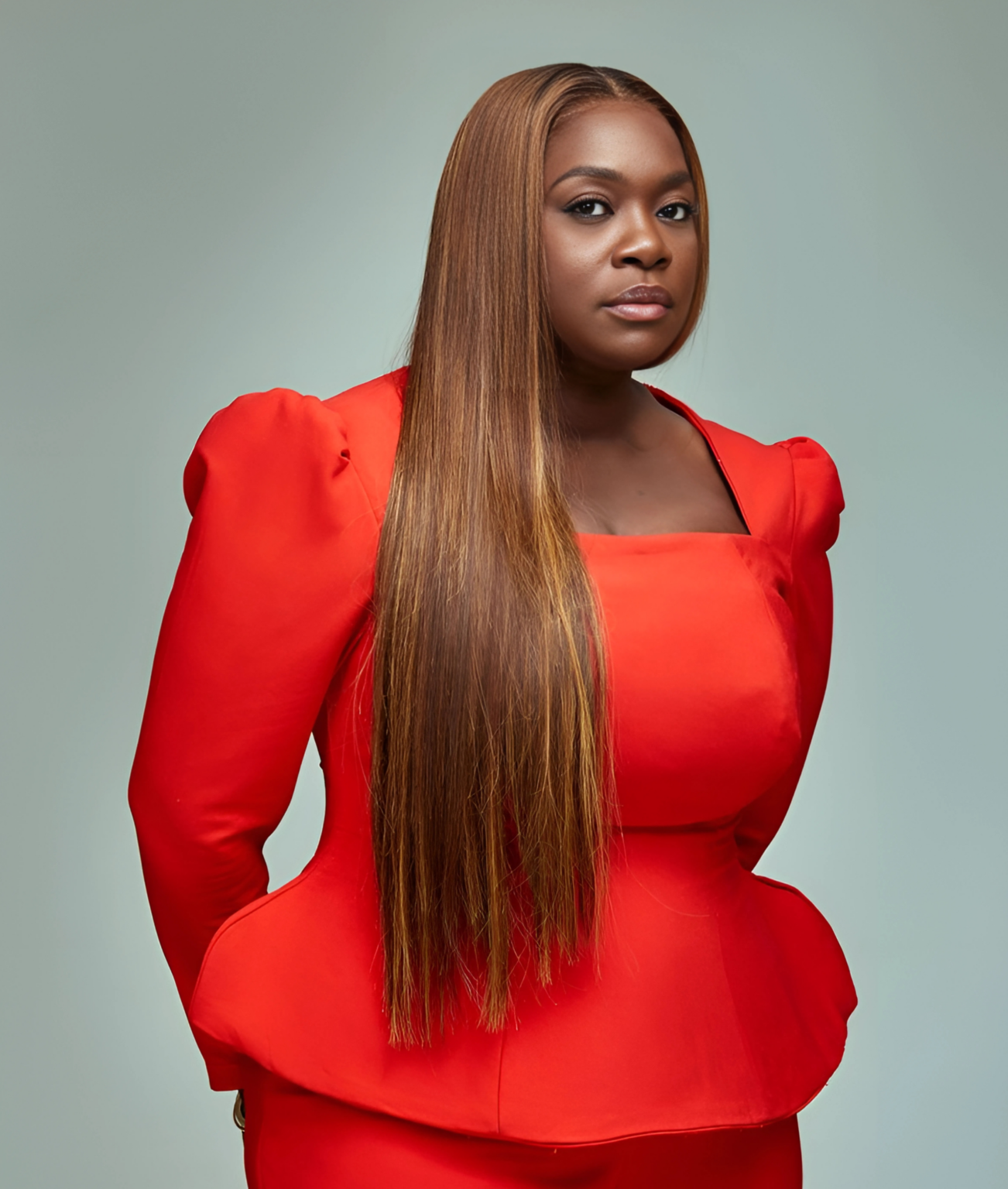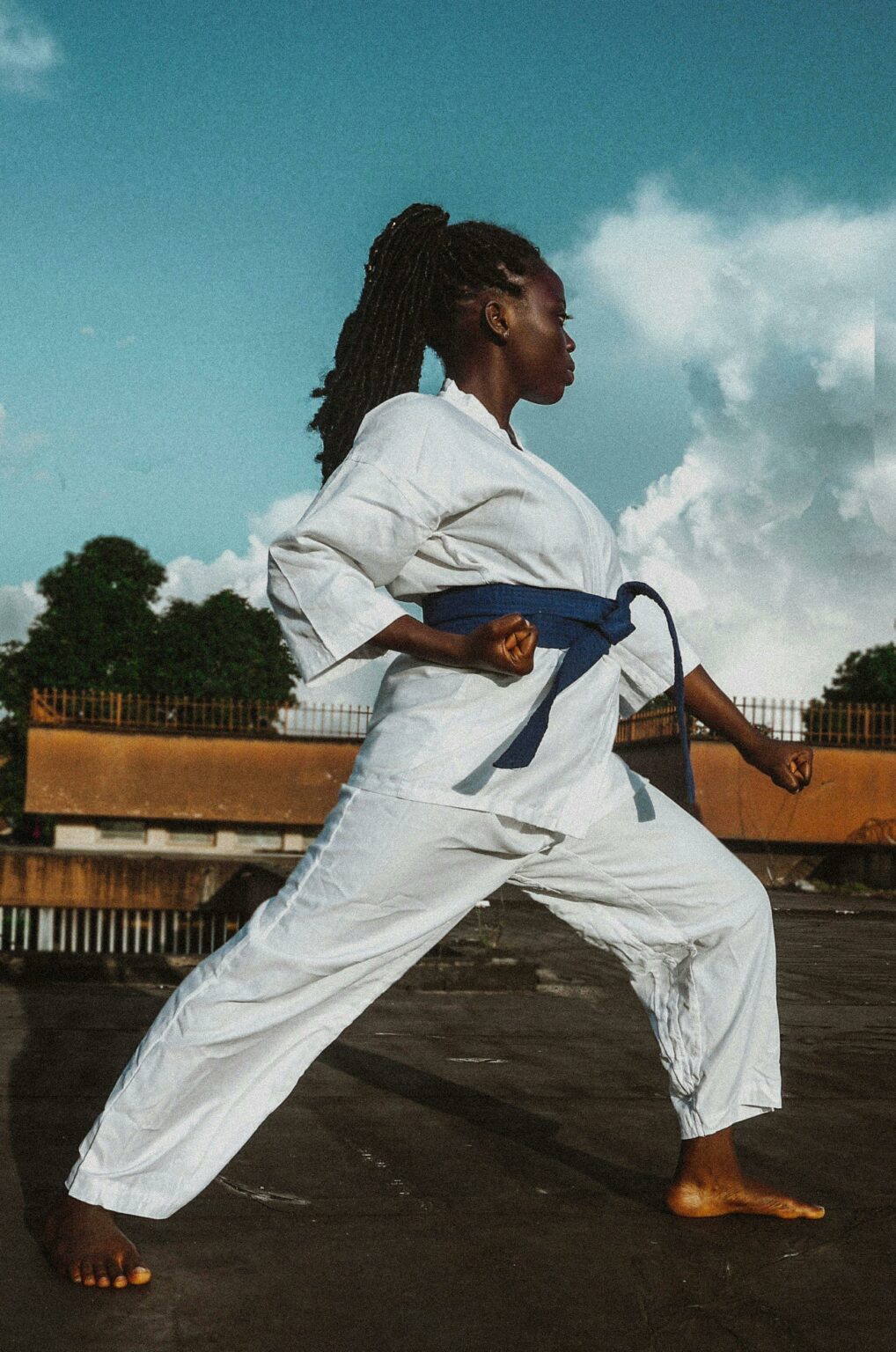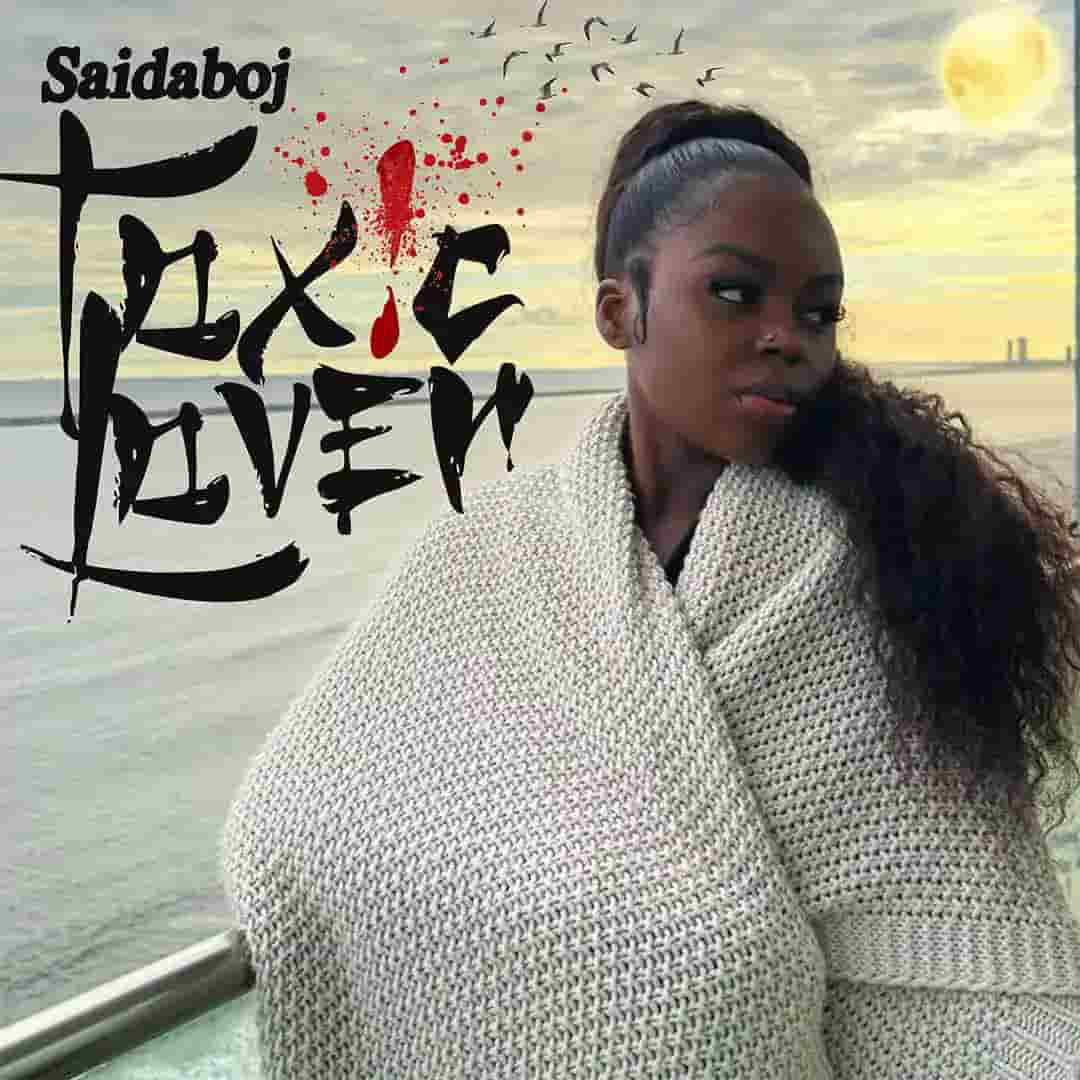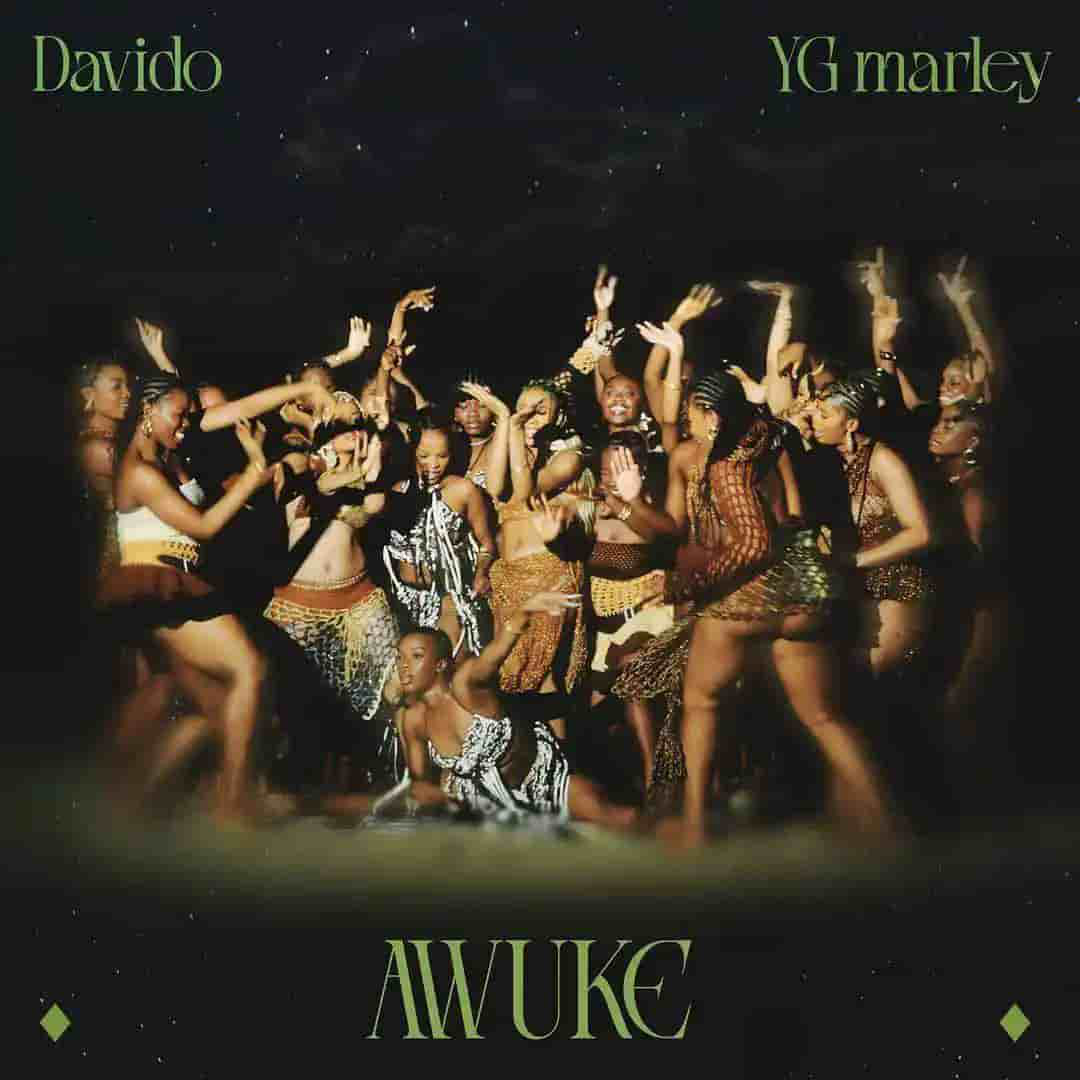While we admire and appreciate the intricate designs and vibrant colours of the gele, we must also recognise the deeper story it tells – a story of cultural continuity, feminine strength, and the honouring of life’s journey in all its stages. This tradition encapsulates the Yoruba worldview, which sees life as a continuous cycle of growth, contribution, and legacy.
The gele, a traditional head wrap worn by Yoruba women, is more than just a fashion statement. It is a profound pre-colonial cultural symbol that reflects a woman’s life journey. In ancient Yoruba communities, there is a coded message the gele represented. There are three main styles of gele tying in Yoruba culture that symbolise different stages of a woman’s life. This embodies the wisdom encapsulated in the saying, “Meta ni gele, ara niyoku” (Gele only has three main styles, the others are mere designs), as said in Tunde Kelani‘s 2002 film, “Agogo Eewo ” (The Forbidden Clock), the sequel to the epic 1999 film, “Saworo Ide”.
As a young boy growing up in Ibadan, Nigeria, the gele intrigued me. One of my all-time favourite pictures of my mother shows her wearing a black, majestic sego gele wrap. I practised the art of tying it and even started a business called Ori – the head, which celebrates the gele as a crown for feminine strength. This love for the art of gele tying made me interested in its true meaning. Knowing the depths of the Yoruba culture and their beautiful art of encoding messages in traditional clothing, I knew there was more to the gele.
Traditional clothing in Yoruba culture, including the gele, serves as a non-verbal communication medium that conveys important social and cultural information. According to the monologue excerpt from “Agogo Eewo”, the three primary gele styles – front-tied for young women, ear-level for married or middle-aged women, and back-tied for elders – offer insight into the Yoruba worldview and the role of women in society.
By examining the three styles excerpted in “Agogo Eewo”, we can understand how the gele serves as a visual biography, reflecting women’s place within the community.
Iwaju ni a n pari owo gele omidan si nitoriwipe awon ni won ni ojo iwaju – The future belongs to women.
The gele style worn by young women is finished at the front to symbolise the youth’s orientation towards the future. The quote from the movie explains that the gele’s ends are tied facing the front because the young women and girls own the future. This forward-facing style reflects their aspirations and the promise they hold. The front-tied gele represents a crown of possibilities, visually representing a young woman’s readiness to embrace life’s opportunities, explore adventures, and all that is hers to conquer.
Eti ni a n pari owo gele Adelebo si nitori wipe tiwon laye n gbo – Like the future, women dictate the present.
Married women and mothers, known as “adelebo,” wear their gele with the finishing towards their ears. This style symbolises being in the prime of life and at the centre of attention. “…tiwon laye n gbo” shows that the whole world has its gaze on them. The adelebo’s gele style reflects the power and influence of married women, and mothers in Yoruba culture. It speaks to their role as nurturers, decision-makers, and community leaders.
Eyin ni a n pari owo gele awon agba si nitori wipe won ti pari oro seyin – Women’s experiences from the past juxtapose the present and future.
The third style, worn by older women with the finishing at the back, carries profound symbolism. It shows that these women have “completed their mission” and are ready to take a step back. The back-tied gele of an elder was a mark of honour in the ancient Yoruba society. It signifies a woman who has journeyed through life’s stages and emerged with invaluable wisdom. It represents their role as custodians of wisdom, culture, and values.
The three primary styles of gele tying in ancient Yoruba culture offer more than aesthetic variety; they tell the story of a woman’s journey through life. From the forward-looking optimism of youth to the centred engagement of adulthood and, finally, to the reflective wisdom of the elder years. The gele serves as a visual biography.
While we admire and appreciate the intricate designs and vibrant colours of the gele, we must also recognise the deeper story it tells – a story of cultural continuity, feminine strength, and the honouring of life’s journey in all its stages. This tradition encapsulates the Yoruba worldview, which sees life as a continuous cycle of growth, contribution, and legacy.
***
Feature Image by AOG Pixels for Pexels










Leave a Reply